How to Raise Brine Shrimp From Eggs to Adulthood
Updated on 05/27/24
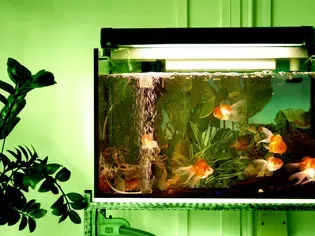
Journey into the Enigmatic Realm of Brine Shrimp: A Comprehensive Guide from Egg to Maturity
Embark on an extraordinary adventure into the captivating world of brine shrimp, where life unfolds in a mesmerizing dance from microscopic beginnings to remarkable adulthood. This comprehensive guide will unveil the intricacies of raising brine shrimp, empowering you with the knowledge and techniques to nurture these tiny crustaceans through every stage of their life cycle.
Delving into the Origins of Brine Shrimp
Brine shrimp, scientifically known as *Artemia salina*, are resilient creatures that thrive in the hypersaline waters of salt lakes and coastal lagoons. Their eggs, encased within protective shells, possess an uncanny ability to withstand extreme conditions, ensuring the survival of their species in even the most challenging environments.
Understanding the unique adaptations of brine shrimp eggs is crucial for successful hatching. These resilient structures can endure desiccation, extreme temperatures, and prolonged storage, making it possible to obtain viable eggs for rearing purposes.
Preparing for the Enchanting Hatching Process
1. Procuring Quality Brine Shrimp Eggs: Selecting high-quality eggs is paramount. Reputable suppliers offer eggs with high hatching rates, increasing your chances of a successful rearing experience.
2. Creating the Ideal Hatching Environment: Brine shrimp eggs require a specific salinity level to initiate hatching. A concentration of 30-35 grams of salt per liter of water approximates the conditions of their natural habitat. Aeration is also essential, providing oxygen to the developing embryos.
3. Monitoring the Hatching Process: Typically, the hatching process commences within 24-48 hours, depending on the water temperature. As the eggs absorb water, they swell and rupture, releasing tiny nauplii, the first larval stage of brine shrimp.
Nurturing Nauplii: The Foundation of Life
1. Feeding the Microscopic Younglings: Nauplii require a steady supply of food to sustain their rapid growth. Commercially available brine shrimp food or live microalgae, such as Chlorella or Spirulina, provide essential nutrients.
2. Maintaining Optimal Water Quality: Regular water changes are crucial to ensure clean and healthy conditions for nauplii. Partial water exchanges prevent the accumulation of waste products and maintain the desired salinity level.
3. Monitoring Growth and Development: Nauplii undergo several molts as they grow, shedding their exoskeletons to accommodate their increasing size. Careful observation allows you to track their progress and identify any potential issues.
Advancing to Adulthood: A Transformation Unveiled
1. Transitioning to Juvenile Shrimp: After approximately two weeks, nauplii reach the juvenile stage. They resemble adult brine shrimp but are smaller and less pigmented.
2. Providing Adequate Nutrition: Juvenile shrimp require a more complex diet, including larger brine shrimp food, algae, and occasionally, small live prey.
3. Encouraging Maturation: As they mature, juvenile shrimp will begin to display sexual characteristics. Males develop claspers for mating, while females develop egg sacs.
Harvesting the Fruits of Your Labor: A Culinary Delight
1. Determining Harvest Time: Adult brine shrimp are typically ready for harvest within 6-8 weeks after hatching. Their size and pigmentation indicate their maturity.
2. Harvesting Techniques: Harvesting brine shrimp can be done using various methods, including sieving, filtering, or using a brine shrimp separator.
3. Culinary Delicacies: Harvested brine shrimp can be enjoyed in a variety of culinary preparations. They can be boiled, fried, or dried to create delicious and nutritious snacks or incorporated into dishes as a savory ingredient.
Conclusion: A Journey of Discovery and Fulfillment
Raising brine shrimp from eggs to adulthood is a rewarding experience that unveils the wonders of life's intricate tapestry. By understanding their unique biology and providing appropriate care, you empower yourself to witness the extraordinary transformation of these tiny creatures. Whether your fascination lies in science, aquaculture, or simply the appreciation of nature's marvels, this comprehensive guide equips you with the knowledge and techniques to embark on this captivating journey.
Explore More Pets
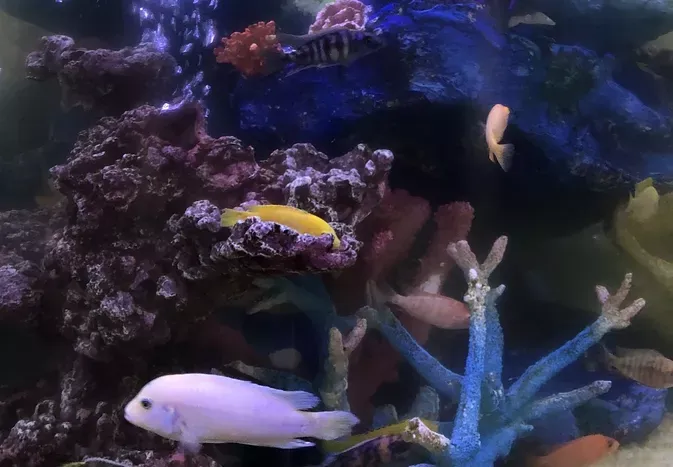
Freshwater Aquarium Filters
How to Deal With Cloudy Aquarium Water

Saltwater Aquarium Filters
How Do You Remove Chloramines From Tap Water?
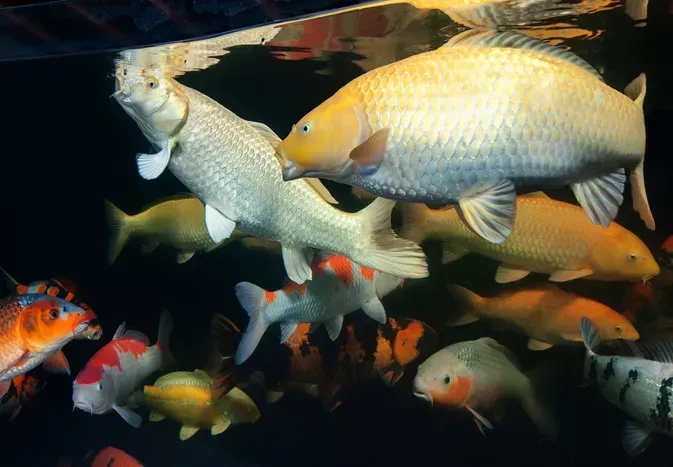
Freshwater Aquariums & Habitat
Can I Keep My Koi Fish Inside?
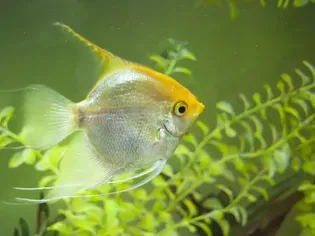
Saltwater Aquariums & Habitat
14 Best Floating Plants for Your Aquarium
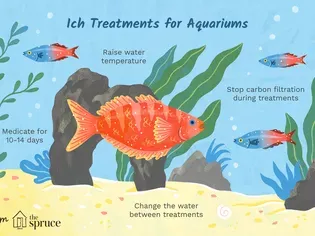
Freshwater Fish Health
How to Treat Ich on Freshwater Fish
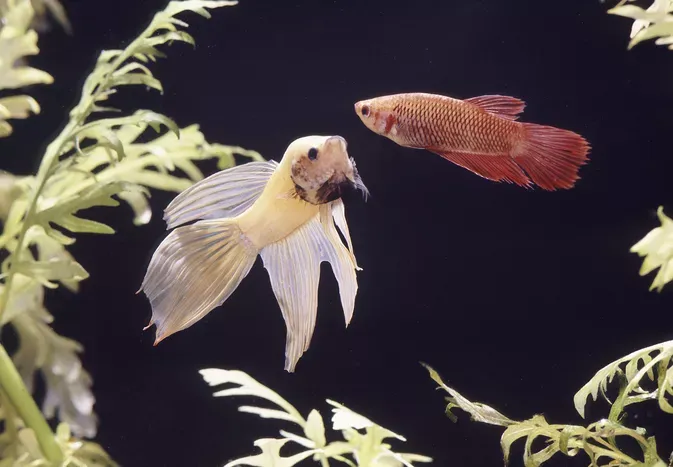
Saltwater Fish Health
Fin Rot in Aquarium Fish
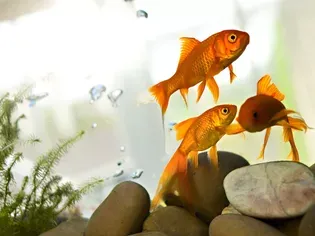
Freshwater Aquarium Filters
How to Do Aquarium Water Changes
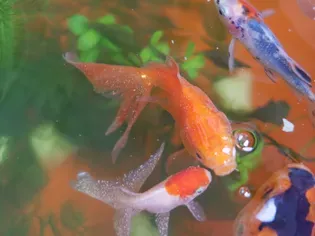
Saltwater Fish Health
How Do Fish Get Parasites?
